By the end of the 1950s, public transport in Budapest was on the verge of performance: vehicles were congested and inherently low in capacity. The situation was most critical for buses, but it wasn’t much better for trams either. Although the UV trams were already produced in series at Ganz at that time (we were still able to travel by them after 2000 on line 47-49, for example), Budapest needed an even bigger vehicle.
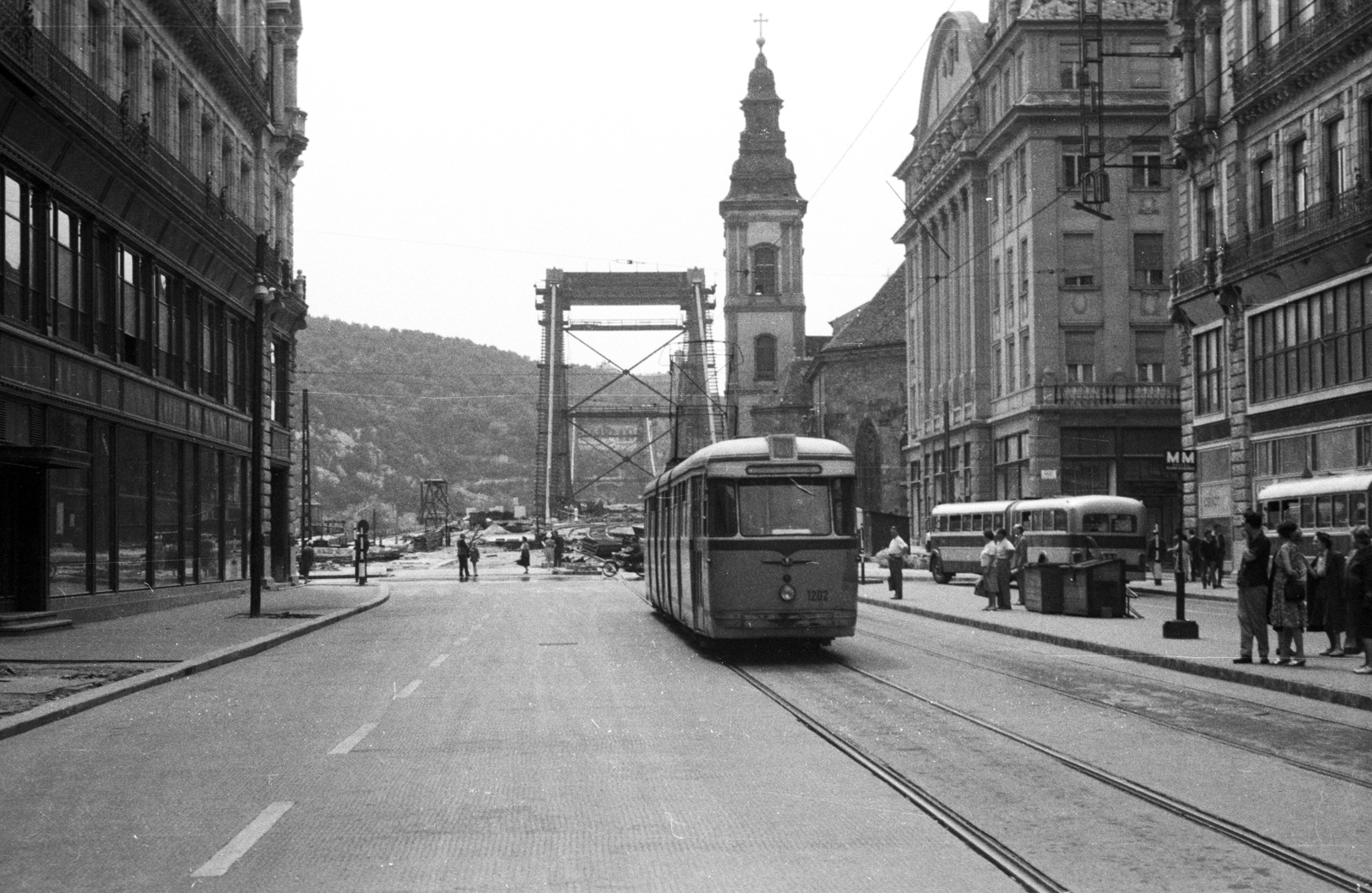 Tram in front of the Elizabeth Bridge under construction in 1964 (Photo: Fortepan / No.: 50623)
Tram in front of the Elizabeth Bridge under construction in 1964 (Photo: Fortepan / No.: 50623)
In the Füzesi Árpád Main Workshop of the FVV, ie Fővárosi Villamosvasút [tram and railway operator of the capital], a large number of old, even 19th century trams were modernised, but in the early 1960s they began a whole different job. Using the technical foundations of the old trams, an articulated tram was built. The idea was not new, it was borrowed from the sister company, the Fővárosi Autóbusz Üzem [bus operator of the capital], where the already scrapped old Ikarus buses had already been largely rebuilt into articulated ones, i.e. a third, larger one was made from two old buses.
At the tram, however, not old vehicles were built together, but a seemingly completely new, moreover, attractive vehicle with a modern design was born, which, unfortunately, had nothing new in its technical foundations. Nevertheless, when it was introduced on 15 October 1961, everyone was delighted by the tram, which was painted a beige-burgundy colour other than the traditional yellow. The vehicle was actually beautiful, its rounded lines were modern in the era, and its size was truly overwhelming compared to previous trams.
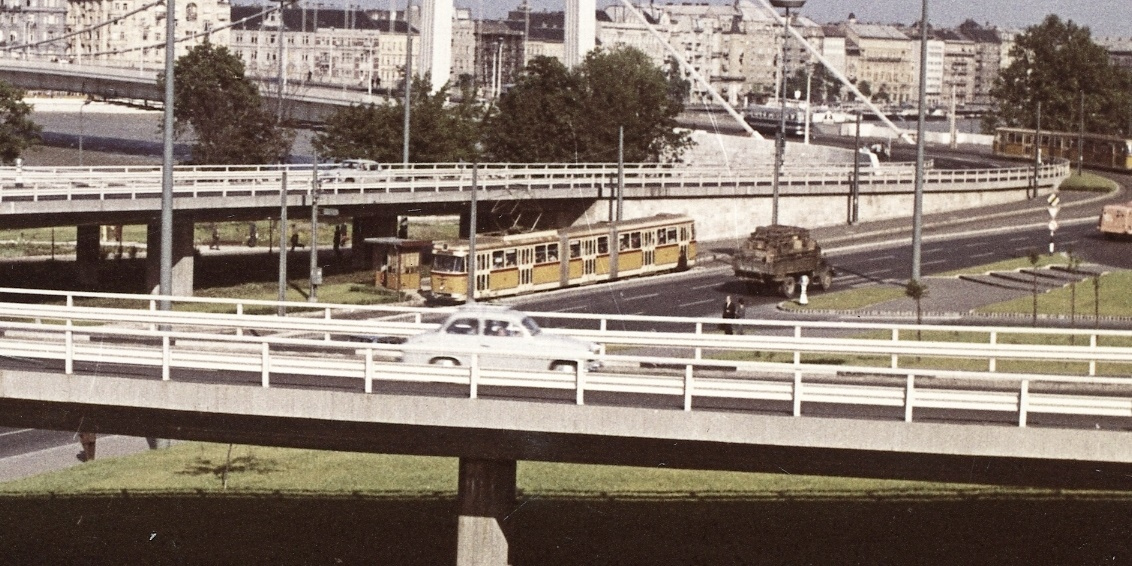 A Bengali at the Buda end of the Elizabeth Bridge in 1965 (Photo: Fortepan / No.: 75625)
A Bengali at the Buda end of the Elizabeth Bridge in 1965 (Photo: Fortepan / No.: 75625)
The vehicle was more than 22 and a half meters long and could carry up to 210 people at a time. By comparison, the UV was more than 10 meters shorter, and it was true that as a train, it was one trailer longer between two motor cars, but this new tram was still a vehicle in which one could walk from one end to the other. The new vehicle was glorified by the 18 October 1961 issue of Népszava:
“Budapest’s new "star": the articulated tram was unveiled on Tuesday morning. Gyula Kelemen, Deputy Chairman of the Budapest Socialist Council, and Péter Csapiár and Aladár Földvári, president and chief secretary of the Transport Workers' Trade Union took part in the trial run. László Herpai, the director of FVV said that the employees of the Füzessy main workshop in honor of 22th Congress finished the cream-colored car suitable for transporting 200 people overfulfiling the plan. The designers and builders used domestic as well as foreign experience, they used the most modern methods: the interior of the car was made using a lot of plastic, so it was easy to keep clean. The articulated tram is especially nice in the evening when the inner fluorescent light is lit. It is 15 tons lighter than its predecessor, the two-car vehicle, and its production is 2.5 million HUF cheaper. ”
What was the 22th Congress, “in honor” of which the employees of the Füzesi main workshop created this tram? The 22th Congress of the Communist Party of the Soviet Union. At that time, under socialism, it was “appropriate” to celebrate such events of the Hungarian and Soviet parties with such spectacular “volunteer” events capable of displaying the successes of socialism.
The people quickly called the new tram “Bengali”. There are two explanations for the origin of the name, one that “benga” means really big in Hungarian slang, the other that the vehicle was loud, roaring like a Bengal tiger.
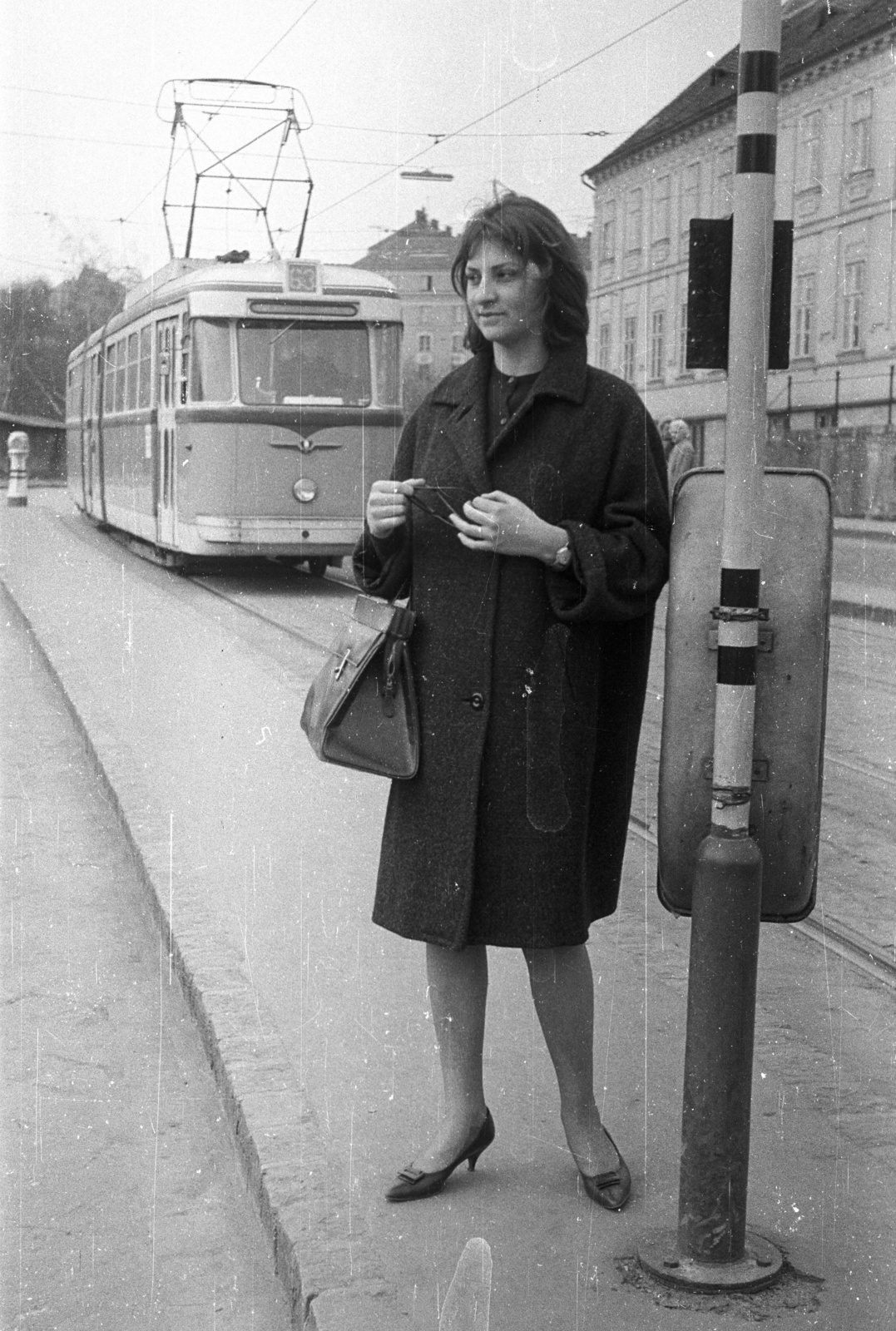 Bengali arriving in 1963, on line 63 (Photo: Fortepan / No.: 50845)
Bengali arriving in 1963, on line 63 (Photo: Fortepan / No.: 50845)
This could have been a success story in Budapest as the vehicle called "házi csuklós" ["home-articulated"] among buses. However, it did not become so. The prototype tram could only travel in one direction from the start because it only had doors on one side, only three, and it had a driver's cabin in only one direction. This quickly proved that it did not really work in the capital, so the number of doors was increased in later copies, first to 4 per side, then to five, and even on both sides, so it was possible to operate even on routes where tram could not turn around. The other problem was that this tram was simply too slow for the Budapest traffic. It accelerated slowly, it was cumbersome, it didn't really work.
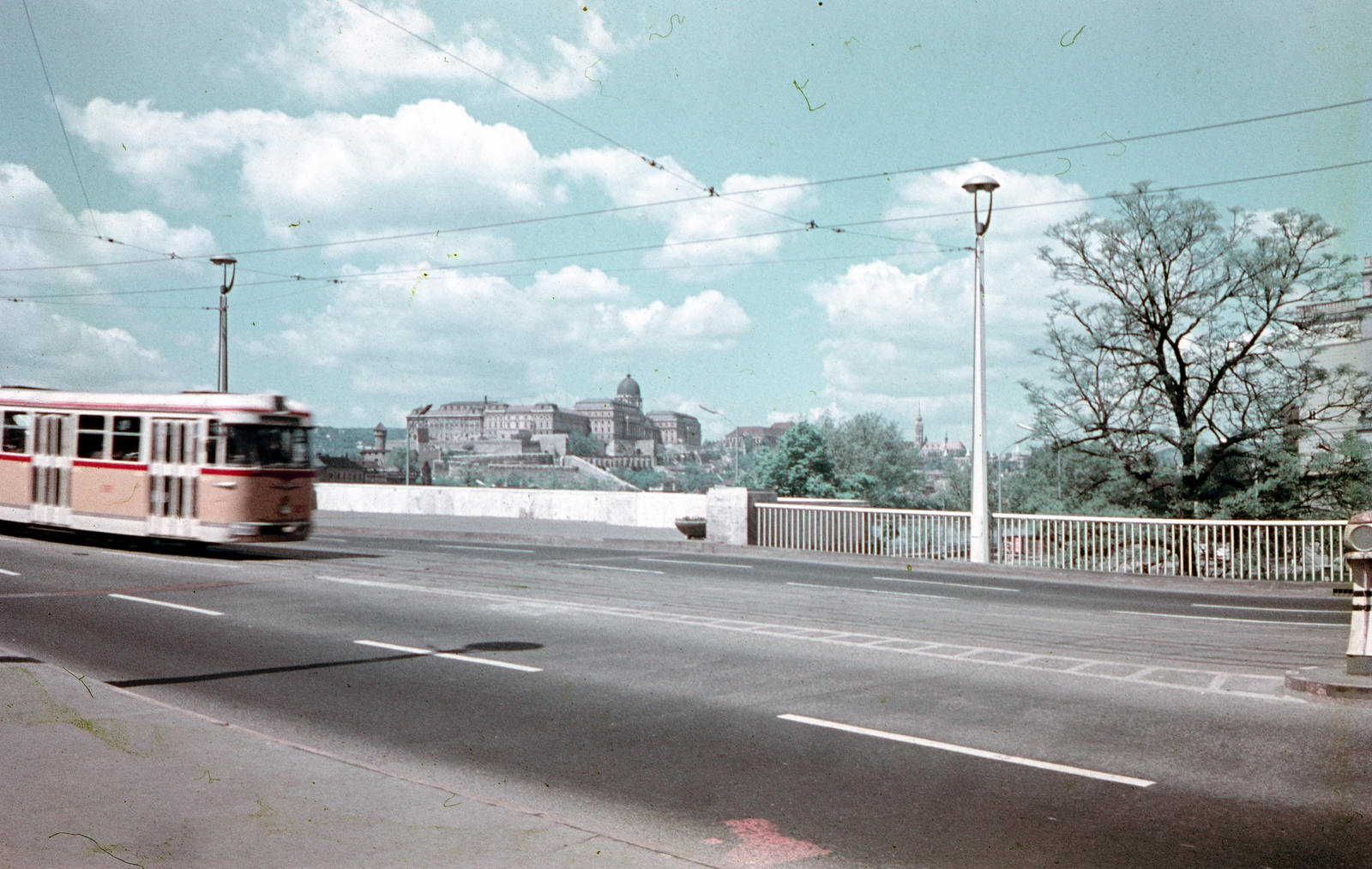 It wasn't ugly, but it wasn't fast enough in Budapest (Photo: Fortepan / No.: 75623)
It wasn't ugly, but it wasn't fast enough in Budapest (Photo: Fortepan / No.: 75623)
Recognizing this practically, the sale of these trams began as early as 1963. The trams, which can only travel in one direction, were purchased by Miskolc, Szeged and Debrecen, but the vehicles were later used by Debrecen as well. They worked perfectly well in rural towns, and after a while Debrecen even took over their production. These vehicles were completely worn out from Budapest by 1980, but they ran happily and to great satisfaction in the big rural cities.
Although it was not adequate in Budapest, their success in the countryside is well illustrated by the fact that a total of 181 Bengali trams were made.
Cover photo: A Bengali on the Elizabeth Bridge in 1970, in the background a UV tram (Photo: Fortepan / No.: 26487)

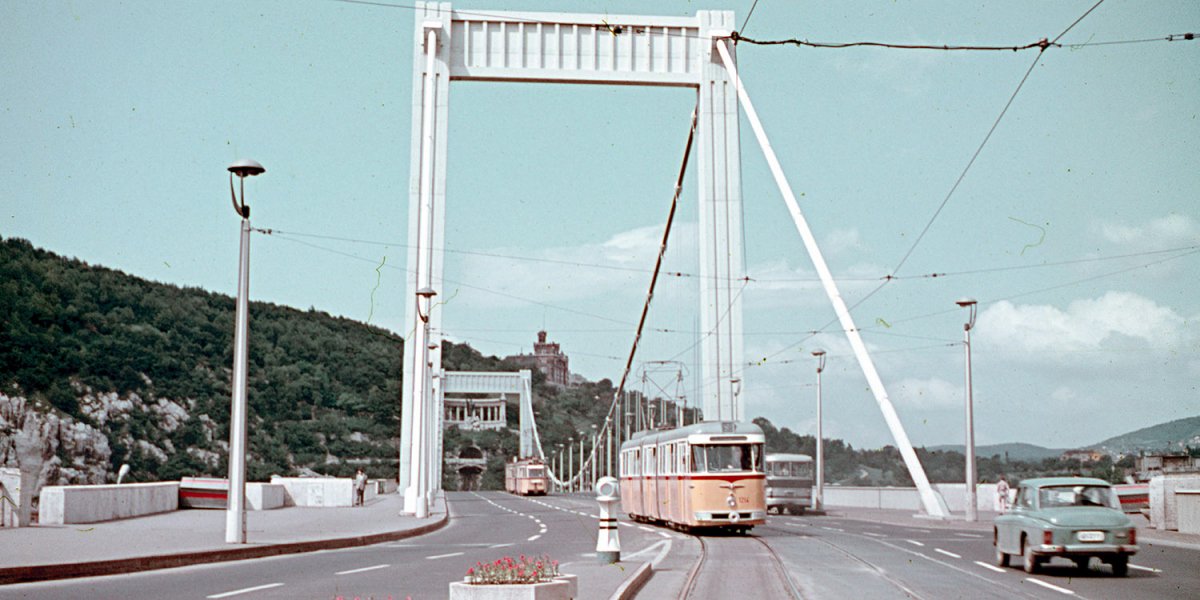


































Hozzászólások
Log in or register to comment!
Login Registration